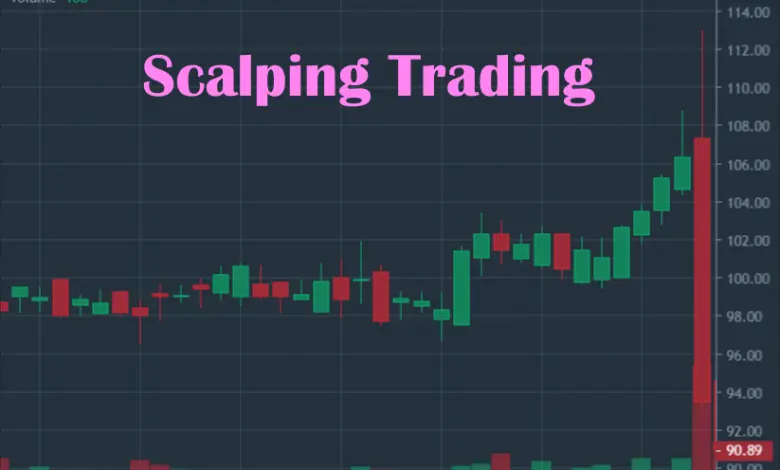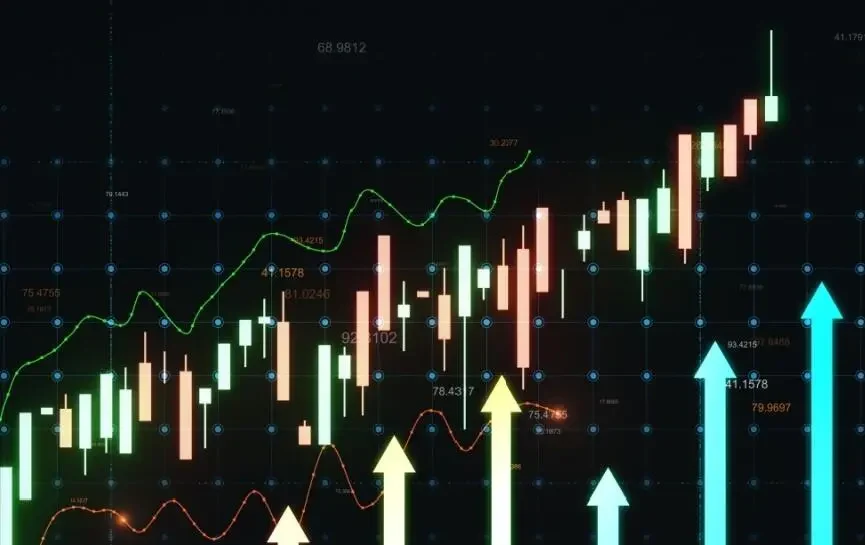Understanding Second Scalping in Forex Trading
Second scalping is an ultra-short-term trading strategy in the forex market. This technique involves executing trades within a timeframe of 1 to several seconds, aiming to capitalize on minimal price movements. While it shares similarities with traditional scalping, second scalping operates on an even shorter timescale.
Market Structure Elements
Key characteristics of second scalping include:
- Extremely brief holding periods
- High-frequency trading
- Focus on small profit margins
- Reliance on technical analysis
- Requires quick decision-making

For South African traders looking to explore this fast-paced trading style, it’s crucial to understand both its potential benefits and challenges.
The Mechanics of Second Scalping
Second scalping relies heavily on price action analysis. Traders using this method typically observe candlestick patterns on very short timeframes, often utilizing 1-minute charts or even tick data. The goal is to identify micro-trends and capitalize on fleeting market inefficiencies.
Aspect | Description |
Timeframe | 1-10 seconds |
Chart Type | 1-minute or tick charts |
Analysis Method | Price action, support/resistance levels |
Trade Frequency | Hundreds per day |
Profit Target | 1-5 pips per trade |
Successful second scalpers often develop a keen sense of market rhythm and can make split-second decisions based on minimal information. This trading style requires intense focus and the ability to remain calm under pressure.
Advantages of Second Scalping for South African Traders
- Numerous trading opportunities
- Reduced exposure to major market swings
- Potential for consistent small profits
- Less influenced by fundamental factors
- Opportunity to develop rapid decision-making skills
Second scalping can be particularly appealing to South African traders who prefer a more active trading style. The high frequency of trades allows for rapid accumulation of experience, potentially accelerating the learning curve for novice traders.
Moreover, the short holding periods in second scalping can help mitigate the impact of sudden market volatility, which can be advantageous in the sometimes unpredictable South African forex market.
Challenges and Considerations
While second scalping offers unique advantages, it’s not without its challenges. South African traders should be aware of the following potential drawbacks:
- High transaction costs due to frequent trading
- Requires advanced trading platforms with fast execution
- Intense concentration needed for extended periods
- Potential for quick losses if not managed properly
- May be restricted by some brokers
It’s crucial for traders to carefully assess whether their personality, skills, and resources align with the demands of this high-intensity trading style.
Implementing Second scalping in Your Trading Strategy
To effectively incorporate second scalping into your trading approach, consider the following steps:
- Choose the right broker: Select a South African forex broker that allows scalping and offers low spreads and fast execution.
- Develop a solid trading plan: Define clear entry and exit rules, risk management guidelines, and profit targets.
- Master technical analysis: Focus on understanding price action and identifying key support and resistance levels.
- Practice with a demo account: Hone your skills and test your strategy without risking real capital.
- Start small: Begin with minimal position sizes to gain confidence and experience.
Tools and Indicators for Second Scalping
While price action is the primary focus in second scalping, some traders incorporate specific tools to aid their decision-making process:
- Tick charts for real-time price movements
- Moving averages for trend identification
- Bollinger Bands for volatility measurement
- Volume indicators for confirming price action
- Custom indicators designed for ultra-short-term analysis
The key is to find a balance between having enough information to make informed decisions and avoiding information overload, which can lead to hesitation in this fast-paced trading environment.
Risk Management in Second Scalping
Proper risk management is crucial in any trading strategy, but it becomes even more critical in second scalping due to the high frequency of trades. South African traders should consider the following risk management principles:
- Set strict stop-loss orders for each trade
- Limit daily losses to a predetermined amount
- Use proper position sizing based on account balance
- Avoid overtrading, especially during unfavorable market conditions
- Regularly review and adjust your strategy based on performance
By adhering to these principles, traders can help protect their capital and maintain longevity in the challenging world of second scalping.
Conclusion: Is Second scalping Right for You?
Second scalping, or Second scalping, offers a unique approach to forex trading that can be both exciting and potentially profitable for South African traders. Its fast-paced nature and emphasis on quick decision-making can appeal to those who thrive in high-pressure environments.
However, it’s essential to recognize that this strategy demands significant time, effort, and resources to master. It may not be suitable for all traders, particularly those with limited capital or those who prefer a more relaxed trading style.
Before diving into second scalping, carefully assess your trading goals, risk tolerance, and available resources. Consider starting with a demo account to gain experience and refine your strategy before committing real capital.
Ultimately, success in second scalping, as with any trading method, comes down to discipline, continuous learning, and adapting to market conditions. Whether you choose to incorporate this technique into your trading arsenal or not, understanding its principles can broaden your perspective on the forex market and potentially enhance your overall trading skills.
FAQ: Second Scalping in South Africa
Is second scalping legal in South Africa?
Yes, second scalping is legal in South Africa. However, traders should ensure they’re using a regulated broker that allows this trading style.
What's the minimum capital required for second scalping?
While there’s no set minimum, it’s advisable to have at least R10,000 to R20,000 to account for transaction costs and potential losses.
How much time do I need to dedicate to second scalping?
Second scalping requires intense focus during trading sessions. Expect to dedicate at least 2-4 hours per day for active trading and additional time for analysis and strategy refinement.
Can I use automated trading systems for second scalping?
While it’s possible, most successful second scalpers prefer manual trading due to the need for quick, nuanced decision-making based on real-time market conditions
What's the average profit potential for second scalping?
Profit potential varies widely based on skill, market conditions, and capital. Experienced scalpers might aim for 1-2% account growth per day, but it’s important to note that losses are also possible.














